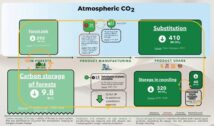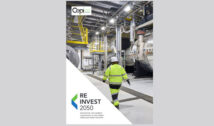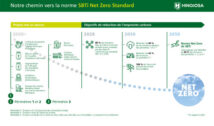
FEFCO welcomes the European Commission’s Circular Economy Package, notably its proposal for the “Eco–design for sustainable products regulation” as it aims to accelerate the transition towards environmentally sustainable products while reducing their environmental impact. The design phase is instrumental throughout the value chain, from the use phase until the end of life.
FEFCO embraces the initiative’s intention to recognise self–regulation measures as these will allow industry sectors to advance on sustainability goals in a flexible way. Self–regulation measures and delegated acts resulting from this legislation should
both be recognised on the market and ensure that the functionality of a product remains a key criterion. The requirements or measures in the delegated acts should be meaningful, achievable and supported by scientific fact–based evidence.
Furthermore, the initiative should avoid comparisons between products as this will influence consumer choices and impact the market, failing to consider the complexity of the debate surrounding material sustainability.
We regret the omittance of renewability as a key eco–design criterion. Considering the Commission’s climate neutrality ambitions, renewable materials can play a central role for energy production as well as for products.
We would like to emphasise that the free circulation of products is essential to ensure the functioning of the internal market but, to ensure a level playing field, the rules should apply to both domestic products and imported ones. The Eco–design legislation should prevent regulatory overlap given the ongoing implementation of other initiatives under the Circular Economy Action Plan.
EU policy must support existing sustainable products on the market and enable innovation. Fit–for–purpose corrugated packaging is fit for climate neutrality,resource efficiency and circularity.
Eleni Despotou, Director General of FEFCO, said “The Commission should ensure that ‘Better regulation’ principles are applied to avoid unnecessary administrative burdens and increased costs without associated environmental benefits.”

































